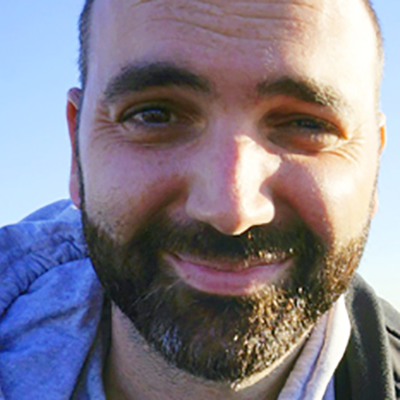Marc Pastor
The Bad Woman creates a gothic atmosphere reminiscent of works by Edgar Allan Poe and Arthur Conan Doyle.
Marc Pastor (Barcelona, 1977) holds a degree in Criminology and Criminal Policy, works for the Catalan police force’s scientific squad and is the author of three novels.
La mala dona [The Bad Woman] is a novel based upon the recreation of real events that took place in Barcelona at the start of the 20th century in the Barri Xino, a tough red-light district in the city at that time. The reader gets a glimpse of dark and seedy corners of the neighbourhood through a fictional police investigation carried out by Inspectors Corvo and Malsano, in their pursuit of Enriqueta Martí, one of the most fearsome criminals in the city. Known as the ‘Vampiress of Ponent Street’, she abducts small children to either sell them to paedophiles or kill them, drink their blood and use their remains to make ointments for the rich.
The novel combines intrigue, terror and police investigation from a unique perspective and creates a gothic atmosphere reminiscent of works by Edgar Allan Poe and Arthur Conan Doyle. Death is the omniscient narrative voice in this work that is part historical novel and part detective story. Well researched and carefully constructed, it displays great narrative agility combined with a strong cinematographic touch.
“Enjutomojamutoing”
If over a base of La invasió dels lladres de cossos (The Invasion of Body Thieves) we spread a layer of Blade Runner, drop on a few slices of Planet Terror and add a sprinkling of Matrix, we’d end up with L’any de la plaga (The Year of the Plague – La Magrana), Marc Pastor’s third novel. Born in Barcelona in 1977, Pastor tried his hand at the crime novel before probing the possibilities of the apocalyptic thriller. In both cases, sticking to ironclad rules can only be counteracted by large doses of freedom and originality of style, especially in the dialogues and descriptions.
The originality of L’any de la plaga is to be sought in the way situations and sensations are described, drawing on television, film and musical references. The narrator, for example, defines himself thus, “I’m of a generation that grew up with Sensación de vivir [Beverly Hills]. Thirty-year-olds pretending they’re sixteen while fifteen-year-olds make out they’re adults of thirty.” When this narrator is dizzy, his head feels like that of the bad guy from Hellraiser”, and when he takes in a lungful of eucalyptus, he imagines the flying craft from Érase una vez el cuerpo humano [Once upon a Time... Life] shooting at the mucous monsters that have invaded his lungs.
The prolificacy of his comparisons goes beyond these media icons and turns to resources from fields such as chromatic classification, technology or types of medical symptoms. Instead of blushing, the main character offers “a show of Pantone red on his face”. In order to inform the reader that the neighbour’s dog is barking non-stop, he says that it has “activated ‘repeat all disc’”. Tufts of hair fall out, “chemotherapied”. In any case, the most startling resort I have found in the book is the verb enjutomojamutejar, based on the relationship of Enjuto Mojamuto – one of the most popular characters from the TV show Muchachada Nui – with his computer.
Halfway between M. Night Shyamalan and Francisco Ibáñez, at the tenuous boundary between nerd and trekkie, Marc Pastor has shown that he can be effective in appropriating extra-literary references. Now, to finish the job of making us happy, he only needs to free himself from the bonds of narrative templates and use his own creativity to delve deeper into uncharted territory.
Vicenç Pagès Jordà. “Enjutomojamuteig”, El Punt/Avui, 21th November 2010.




